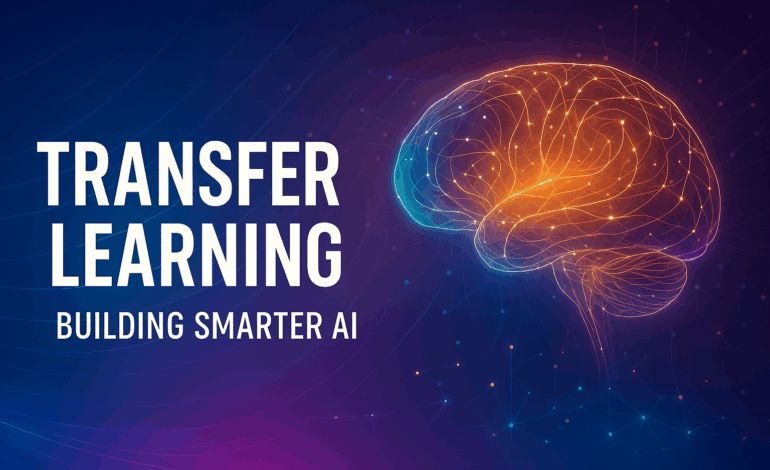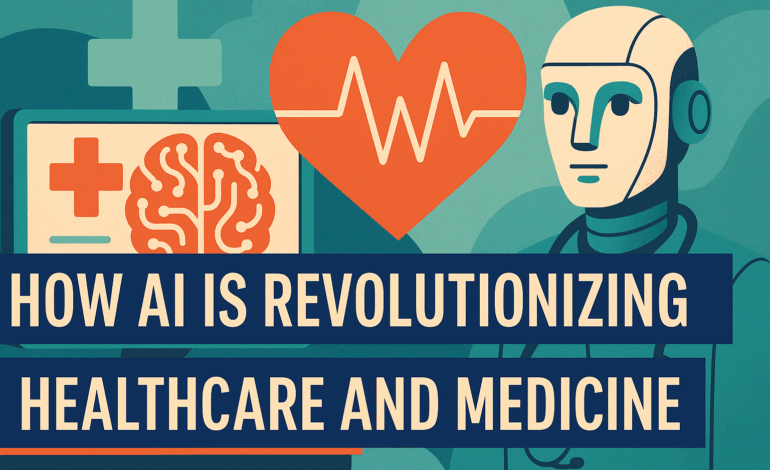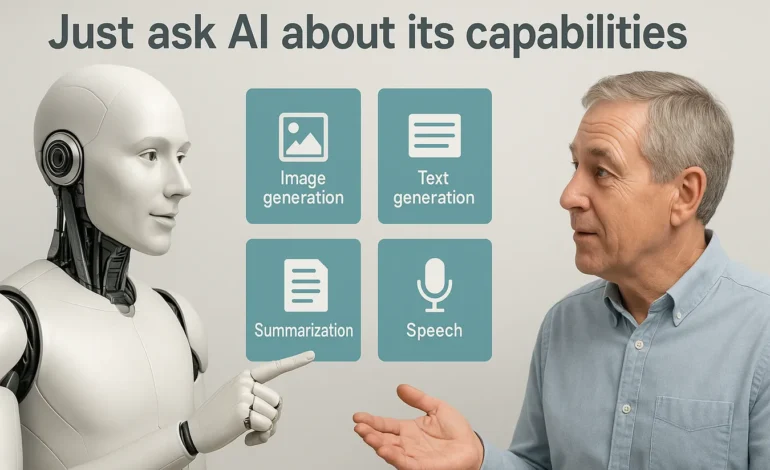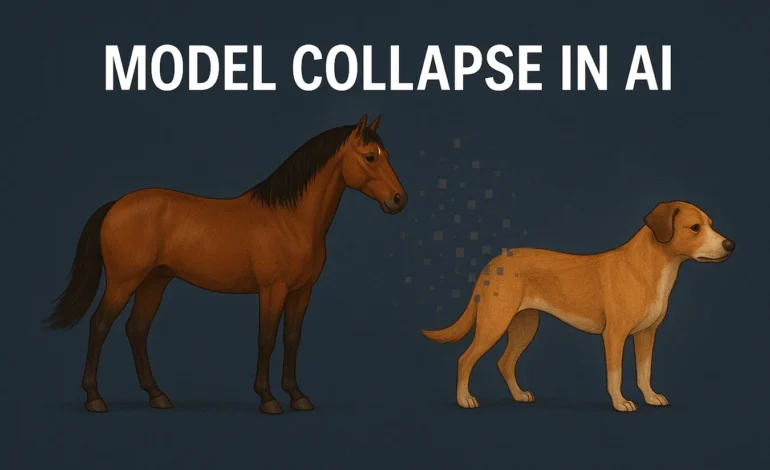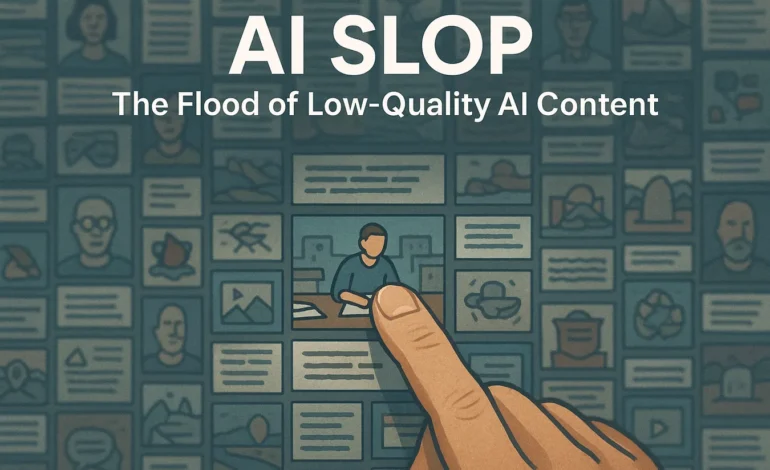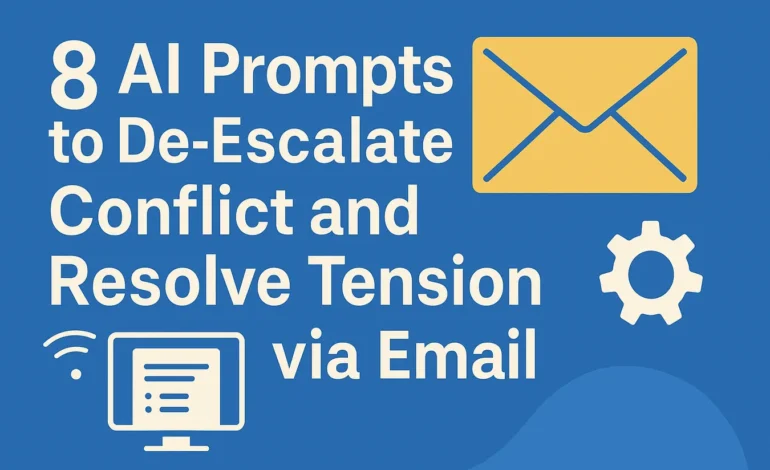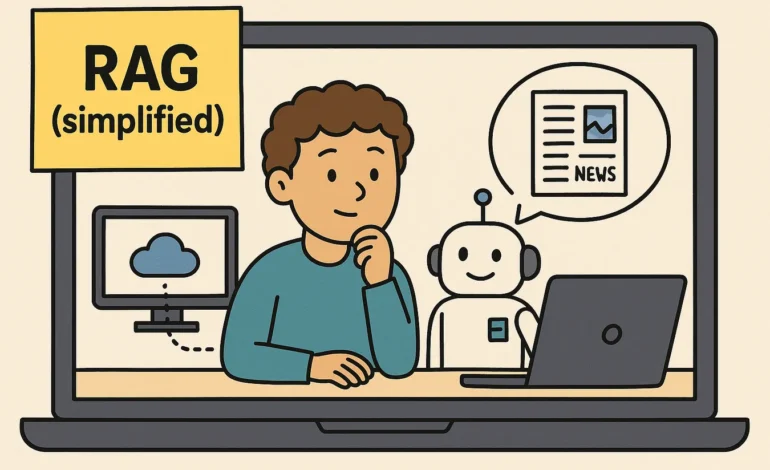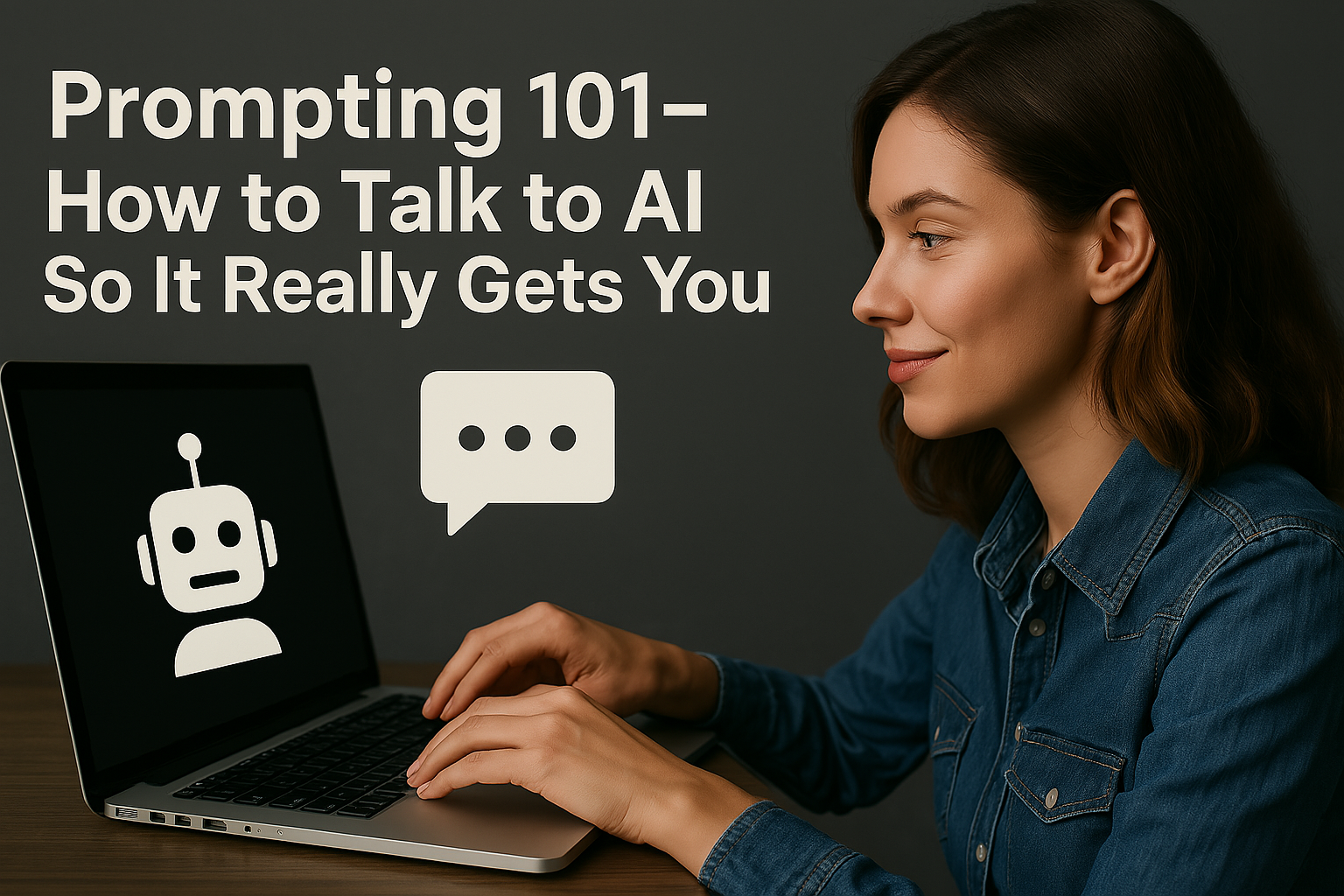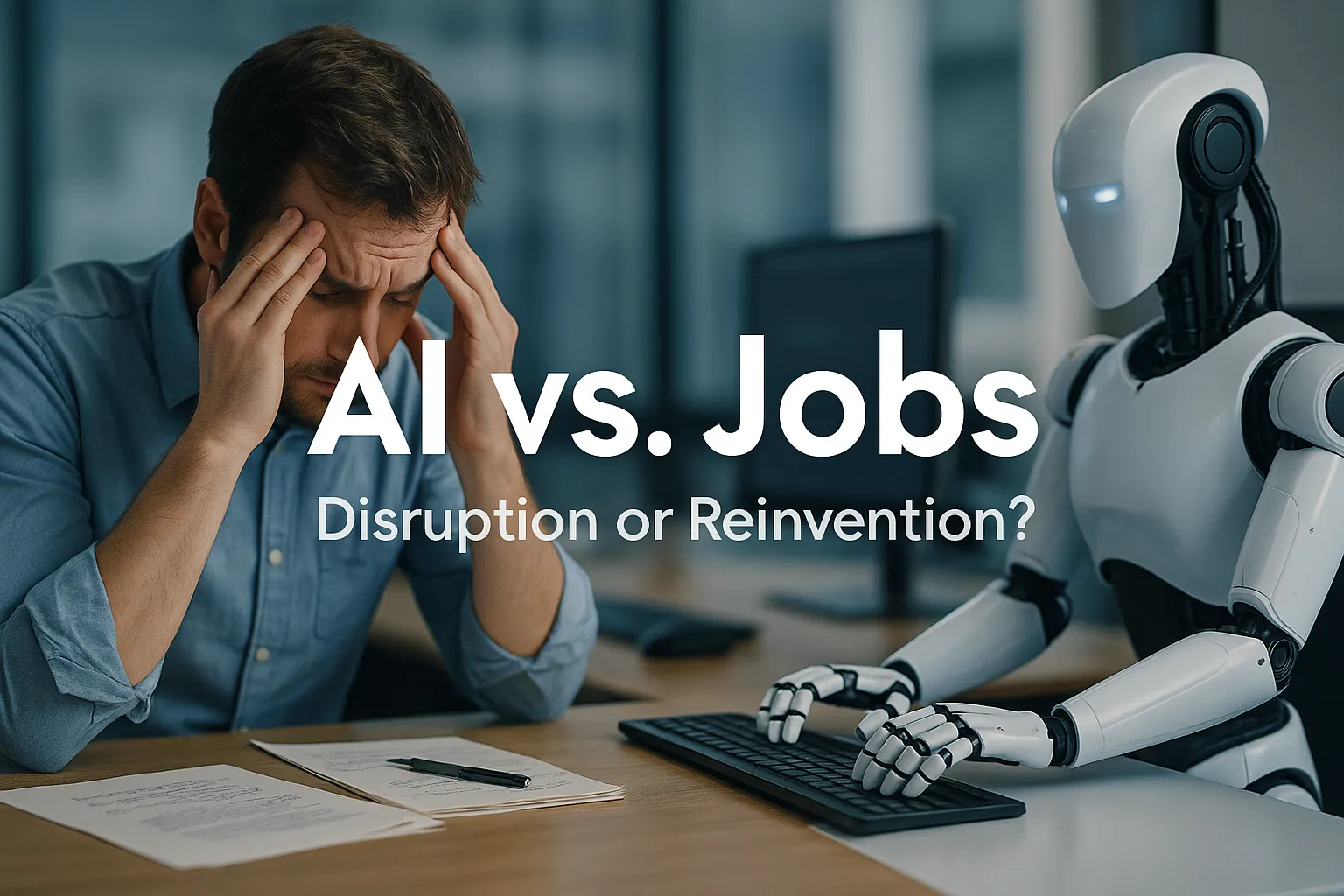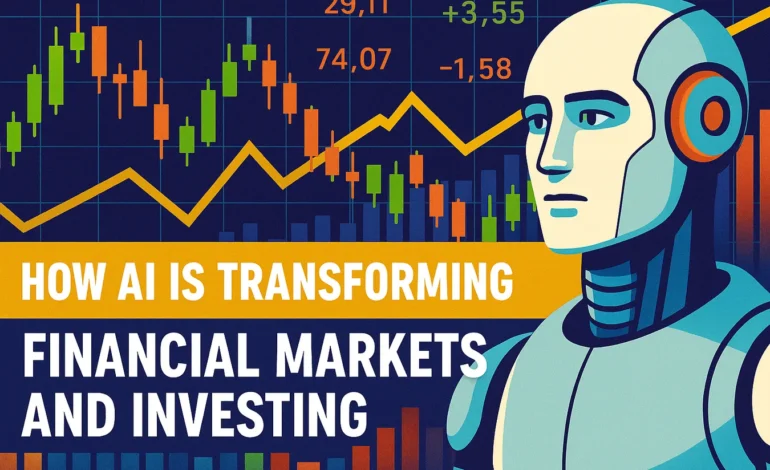
How AI Is Transforming Financial Markets and Investing
Not long ago, the stock market was ruled by gut feeling, handshakes, and veteran intuition. Today, it’s ruled by algorithms that make thousands of decisions in the blink of an eye—often faster than any human could ever react.
Artificial Intelligence hasn’t just entered the world of finance—it’s reshaping it from the inside out. From scanning news headlines and social media chatter to analyzing economic indicators in real time, AI systems can digest and act on information at a scale and speed that were unthinkable just a decade ago.
- Speed: Enables high-frequency and algorithmic trading (HFT) far beyond human reaction time.
- Accessibility: Powers robo-advisors, democratizing personal portfolio management.
- Risk: Introduces systemic risks, such as unpredictable “Flash Crashes” due to algorithmic feedback loops.
- Compliance: Becoming essential for real-time fraud detection and regulatory oversight.
High-Speed Decisions: Algorithmic Trading
Imagine a trading floor without shouting brokers, ringing phones, or flickering ticker boards. Instead, picture silent machines scanning global headlines, social media trends, and stock charts—executing thousands of trades in fractions of a second.
This is algorithmic trading powered by AI. These systems don’t just respond to market movements—they anticipate them. By analyzing everything from real-time financial data to a politician’s tweet, AI gives firms a razor-sharp edge that human reflexes simply can’t match. The result? Markets that move faster, react earlier, and sometimes, behave unpredictably.
AI’s value spans the entire financial ecosystem, replacing slow, manual processes with rapid, data-driven decisions:
| Application | AI Mechanism | Primary Benefit |
|---|---|---|
| Trading | Reinforcement Learning, HFT | Optimized execution & predictive advantage. |
| Credit & Loans | Machine Learning Models | Improved risk assessment & reduced default rates. |
| Advisory | Robo-Advisors | Low-cost, personalized portfolio management. |
These applications underscore AI’s shift from an optional tool to a fundamental infrastructure layer.
Democratizing Finance: The Rise of Robo-Advisors
Not everyone has a personal financial advisor—but now, anyone with a smartphone can have something close. AI-powered robo-advisors are quietly transforming how millions of people invest, plan, and save for the future.
Instead of relying on gut feeling or expensive consultants, these digital advisors use algorithms to tailor portfolios to your risk tolerance, income level, and long-term goals. They don’t sleep, they don’t panic during market dips—and they charge a fraction of traditional management fees. For many, it’s like having a calm, data-driven partner whispering smart suggestions into your ear, 24/7.
But where there’s speed, there’s also danger. AI-driven financial systems operate on such a fast and complex level that even experienced traders—and sometimes regulators—struggle to keep up. One wrong signal, a misinterpreted data point, or a feedback loop in algorithmic logic can trigger chaos in seconds.
Take the infamous “Flash Crash” of May 6, 2010. Within minutes, the Dow Jones Industrial Average plunged nearly 1,000 points—wiping out nearly a trillion dollars in market value—before rebounding just as mysteriously. A single algorithm, misfiring under pressure, set off a chain reaction among other automated systems. Human traders were left watching helplessly as prices collapsed faster than they could intervene.
The 2010 Flash Crash highlighted the vulnerability of machine-speed finance. The key sequence was:
- Initial Action: A large, automated sell order placed by a single firm.
- Algorithmic Cascade: High Frequency Trading (HFT) algorithms, designed to react to price changes, began rapidly selling to avoid losses.
- Feedback Loop: This rapid, machine-driven selling created a temporary liquidity void, causing prices to plummet far beyond rational human behavior.
- Intervention Need: The incident proved that Explainable AI (XAI) and human oversight are critical in complex, high stakes environments. (Source: SEC/CFTC Report on the Flash Crash).
This incident wasn’t just a glitch. It was a warning shot that exposed how fragile fast finance can be when machines are in charge.
Many machine learning models used in finance are so called “black boxes”—they make decisions, but their inner logic is often opaque, even to their creators. That raises troubling questions:
- How can you regulate a system you don’t fully understand?
- What happens when two AIs, trained on different data, begin to react to each other in unpredictable ways?
- Where does legal responsibility lie when autonomous algorithms cause real world harm?
Ethical Design and the Future of Regulation
The future of finance won’t just include AI—it will depend on it. From risk assessment to fraud detection, machine learning systems are already woven into the fabric of global financial operations. Regulators, too, are exploring AI to monitor markets in real time, scanning for anomalies, insider trading, or manipulative behaviors.
As AI’s influence grows, two core ethical and regulatory challenges emerge:
- Bias: Predictive models can reflect and amplify existing historical biases (e.g., in loan approvals), leading to unfair or discriminatory outcomes.
- Accountability: Opaque Black Box models prevent auditors from understanding the why behind a decision, making regulatory compliance and legal defense nearly impossible.
What to do now: Financial institutions must move beyond simple prediction models and invest in Neuro Symbolic or Explainable AI (XAI) architectures to ensure fairness and auditability.
There’s potential for a more transparent, efficient, and stable financial ecosystem—but only if institutions invest in explainability, oversight, and ethical design. As AI becomes more deeply embedded in our financial systems, the question is no longer if it should be used—but how, and at what cost to transparency and stability.
FAQ: AI in the Financial Sector
Q What is the biggest risk of AI in high frequency trading (HFT)?
The biggest risk is systemic instability caused by unpredictable algorithmic feedback loops. HFT systems can amplify normal market fluctuations into extreme events, like the 2010 Flash Crash, due to their speed and lack of human intervention.
Q How do robo advisors differ from human financial advisors?
Robo advisors use algorithms to manage portfolios based on predefined risk parameters, offering 24/7, low cost management. Human advisors offer a more personalized, holistic financial planning service, emotional support during crises, and complex tax/estate planning.
Q What is a “Black Box” model in finance?
A Black Box model is an AI or Machine Learning system (often a deep neural network) that produces an accurate output (e.g., a loan decision) but whose internal decision making process is too complex or opaque to be easily understood or audited by humans. This poses major challenges for regulation and accountability.
In a Nutshell: Trust in the Machine
AI is the engine driving modern trading, investment, and risk analysis in finance. Its ability to process and predict at scale offers enormous advantages, from democratizing personal finance to boosting institutional efficiency. However, this power comes with inherent vulnerabilities: opaque models, ethical blind spots, and unpredictable chain reactions. The immediate challenge is not just about building smarter AI, but about designing financial systems that are transparent, accountable, and, ultimately, trustworthy.
For more on ensuring compliance, read our guide on Explainable AI (XAI). Also explore how logic is enforced in these complex systems in our dedicated article: What is Symbolic AI?

